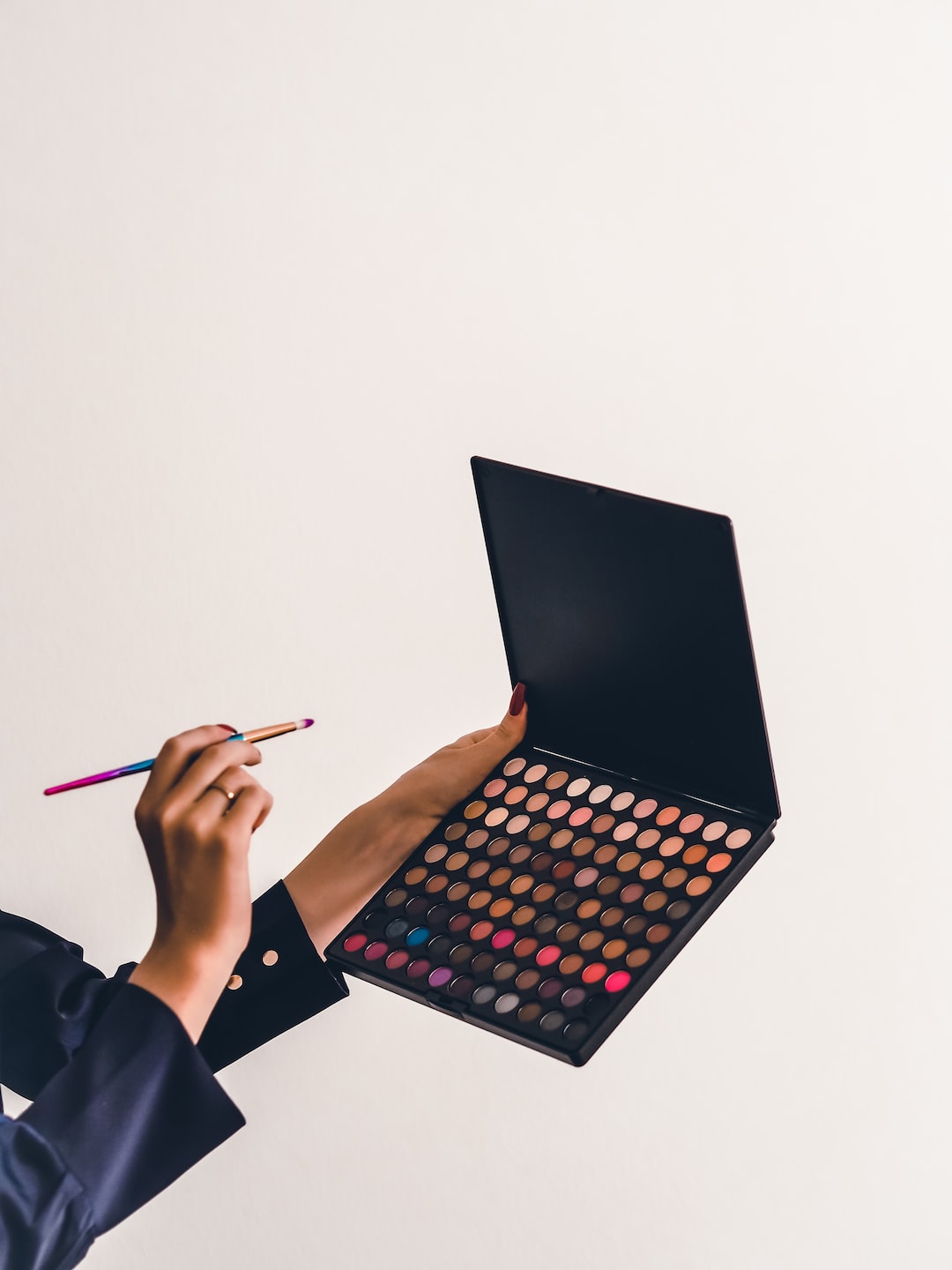How to Get Rid of Acne: Effective Products and Treatments
Acne is a common skin condition that affects millions of people worldwide. It can be both physically and emotionally distressing, and many individuals struggle to find effective treatments. If you are one of them, this blog post is for you. We will explore various products and treatments that have shown promising results in combating acne.
1. Cleansers and face washes: The first step in any acne-fighting routine is to cleanse your skin properly. Look for cleansers or face washes that contain ingredients like salicylic acid, benzoyl peroxide, or tea tree oil. These ingredients are known for their ability to unclog pores, kill bacteria, and reduce inflammation. Use gentle, non-abrasive cleansers twice a day to keep your skin clean without drying it out.
2. Topical treatments: Over-the-counter creams, gels, and spot treatments can often provide relief from acne. Look for products that contain ingredients like benzoyl peroxide, retinoids, or sulfur. Benzoyl peroxide has antibacterial properties that can help kill acne-causing bacteria, while retinoids promote cell turnover and prevent clogged pores. Sulfur can reduce inflammation and unclog pores. Incorporate these treatments into your skincare routine, following the product instructions for best results.
3. Prescription medications: If over-the-counter treatments do not provide the desired results, it may be time to consult a dermatologist. They can prescribe stronger medications like topical antibiotics, oral contraceptives (for hormonal acne), or isotretinoin (for severe cases). These prescription medications target the underlying causes of acne and may be more effective in achieving clear skin. However, it’s important to follow your dermatologist’s instructions carefully and be aware of potential side effects.
4. Exfoliation: Regular exfoliation can help remove dead skin cells, unclog pores, and reduce the appearance of acne. There are two types of exfoliants: physical and chemical. Physical exfoliants involve scrubbing the skin gently with ingredients like sugar or microbeads, while chemical exfoliants use acids like alpha-hydroxy acids (AHAs) or beta-hydroxy acids (BHAs) to dissolve dead skin cells. Choose gentle exfoliating products and limit their use to once or twice a week to avoid irritating your skin.
5. Lifestyle changes: Alongside skincare products, certain lifestyle changes can improve your acne. First, maintain a healthy diet rich in fruits, vegetables, and whole grains, while avoiding excessive sugar and greasy foods. Drinking plenty of water and reducing stress levels can also promote healthy skin. Additionally, avoid touching your face frequently, as it can transfer bacteria and oil, leading to breakouts. Finally, ensure you clean your makeup brushes regularly to prevent the buildup of bacteria that can cause acne.
6. Professional treatments: In severe cases, professional treatments like chemical peels, laser therapy, or microdermabrasion may be necessary. Chemical peels involve applying a solution to the skin to exfoliate and reveal fresh, clearer skin. Laser therapy targets bacteria and reduces inflammation, while microdermabrasion removes the top layer of skin, promoting cell turnover. These treatments should be carried out by trained professionals and are usually recommended for more resistant forms of acne.
7. Time and patience: Lastly, remember that getting rid of acne takes time and patience. It is essential to stick to your skincare routine consistently and give your products enough time to work. Results may not be immediate, and your skin may experience temporary dryness or irritation. Be gentle with yourself and remain dedicated to your chosen treatment plan.
In conclusion, finding an effective solution for acne is not always easy, but it is possible. By incorporating the right products and treatments into your skincare routine, making lifestyle changes, and seeking professional help when needed, you can significantly improve your acne. Remember, everyone’s skin is different, so what works for one person may not work for another. Keep experimenting until you find the approach that best suits your skin’s needs.

